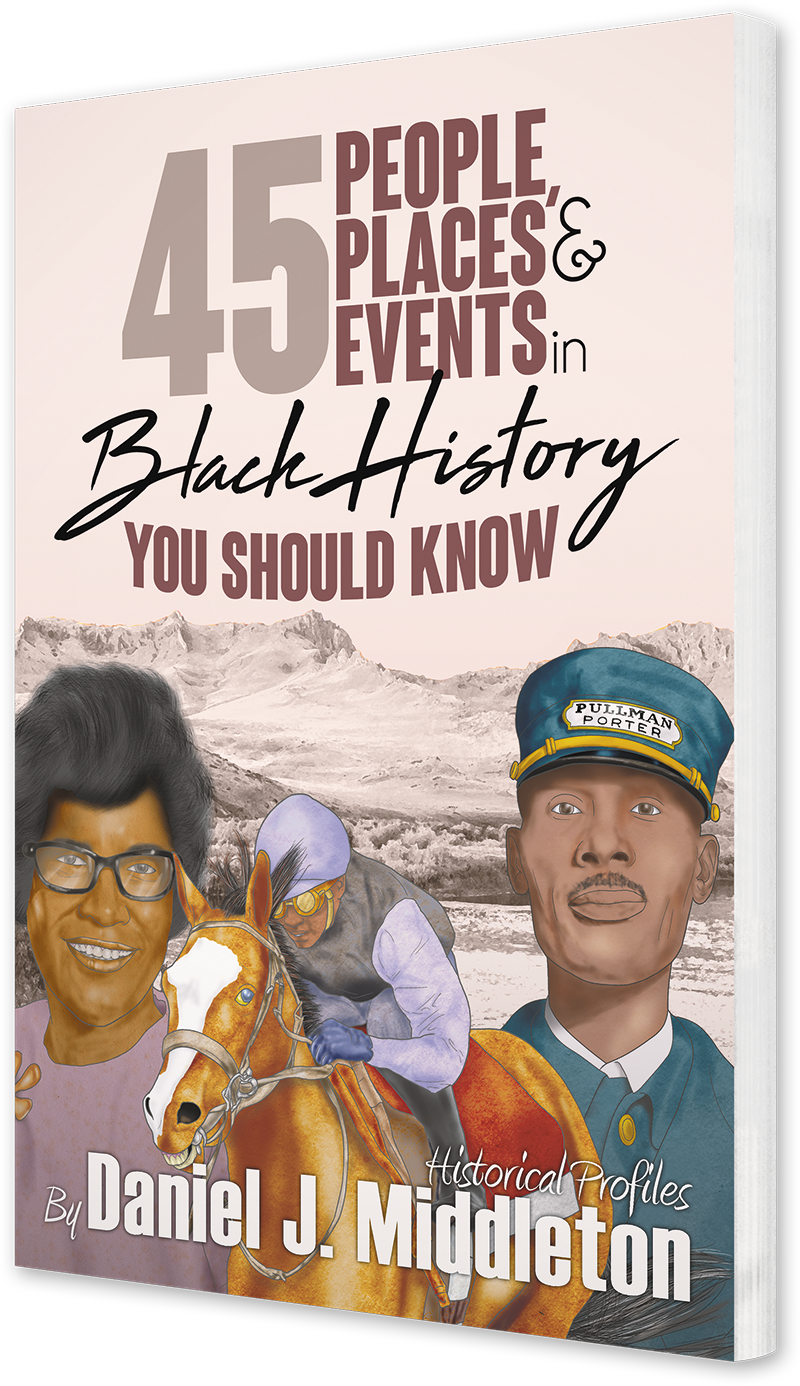Rosa L. Dixon
The Influential Educator and Reformer
This portrait of Rosa L. Dixon—whose name changed to Rosa Dixon Bowser after marriage—was taken from a 1902 publication.
Rosa L. Dixon was a noted teacher and civic leader who was a key figure in implementing and sustaining educational reforms in Virginia, which benefited blacks. After the Civil War, Dixon and her family moved to Richmond, where she attended public school and thrived academically. She later became the first black teacher hired by a Virginia school. Dissatisfied with the state of the education system and the low social status of blacks, Rosa worked toward improving their lives through various measures. She helped found the state’s first teacher’s association for black Americans, which she later served as president, and presided over a women’s Christian union that pushed for social reform. She was also involved in other black reform organizations, suffrage groups, black schools, and anti-lynching/segregation associations.
The First African Baptist Church of Richmond, Virginia, as it stood in the 1860s. Black Christians were met with resistance when they sought permission to form an independent congregation due to fear of another uprising akin to the one incited by Nat Turner years earlier. In the end, the assembly received approval on the condition that whites oversee its establishment, operation, and shepherding.
Rosa L. Dixon was born in Amelia County, Virginia, on January 7, 1855. She was likely a slave. Her parents were Henry Dixon, a carpenter, and Augusta Anderson Hawkins Dixon, a domestic worker. After moving to Richmond, the family renewed their commitment to religion and education. Henry and Augusta joined the First African Baptist Church—the largest congregation in Richmond—and enrolled Rosa in public school. Her early teachers were northerners from the Freedmen’s Bureau. The superintendent of the Freedmen’s Bureau for schools in Virginia was Ralza M. Manly. He selected Rosa to attend the Richmond Colored Normal School, where she trained as a teacher after showing an increased aptitude in her lessons.
Dr. Oswald Barrington Herndon Bowser.
Rosa performed well in her reading, English, math, and music courses while at the Normal School. She graduated second in her class but spent another year studying ancient Greek and Latin, in addition to music and teaching techniques. Rosa passed the teacher’s examination in 1872, and she married a fellow teacher, James Herndon Bowser, on September 4, 1879. He was the valedictorian of her Normal School class. But James quit teaching to work as a clerk in the Richmond post office. Due to either consumption or tuberculosis, he died on April 25, 1881, less than two years after marrying Rosa. Their son, Oswald Barrington Herndon Bowser, was born in 1880. Oswald later attended Howard University and became an established physician in Richmond, where he remained for the rest of his life.
After marrying, Rosa had to end her teaching career in keeping with the times, but she taught music to students in her home following the death of her husband. She resumed her professional career in 1883 when the school board hired her to teach public school students in Navy Hill School at the primary level. Rosa continued to teach for another four decades. After a year at Navy Hill, Rosa transferred to Baker School, where she received a promotion to supervisor of teachers. Twelve years later, she was named principal teacher at a night school for black men. During this time, she also taught classes at the Jackson Ward YMCA, in the heart of the black community.
Rosa’s reform efforts began in earnest when she organized reading circles that allowed fellow teachers to exchange information and collaborate on new teaching strategies. Teachers gained a great deal of insight from the reading circles, and Rosa was instrumental in organizing the Virginia Teachers’ Reading Circle in 1887. Renamed the Virginia State Teachers Association, it became the first professional association in Virginia to represent black teachers. For two years, from 1890 to 1892, Rosa presided as president of the new organization. That position was a stepping stone to other leadership roles in various black organizations working to improve the lives of black Americans.
“Rosa’s reform efforts began in earnest when she organized reading circles that allowed fellow teachers to exchange information and collaborate on new teaching strategies.”
In 1895, Rosa founded the Woman’s League in Richmond, Virginia, and was named its first president. Beginning in 1902, Rosa also served as president of the Woman's Christian Temperance Union. She chaired black conferences and gave notable speeches in support of black causes at annual gatherings. She was also active in several woman’s clubs that emerged in the late nineteenth century. Perhaps the most well-known among these clubs was the National Association of Colored Women, which saw Rosa working side by side with Mary Church Terrell, a prominent black suffragist and leader in the black community.
For fifty years, Rosa taught Sunday school classes at First African Baptist Church, which her parents joined in youth. Health issues forced her into retirement from this post as well. Rosa lived to see the first public library in Richmond dedicated to black patrons open in her honor. They named the library for her in 1925. Due to complications from diabetes, Mary died peacefully at her Richmond home on February 7, 1931.
You may also be interested in:

This article appears in 45 People, Places, and Events in Black History You Should Know.
Available from Amazon.com, BN.com, and other retailers.





Edward Alexander Bouchet became the first black American to be named a PhD physicist after completing his graduate studies and dissertation at Yale University.